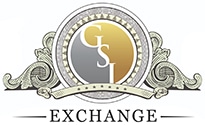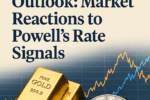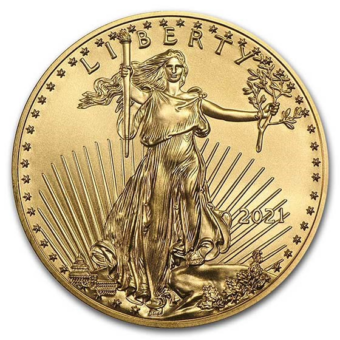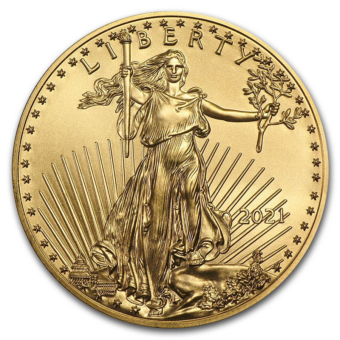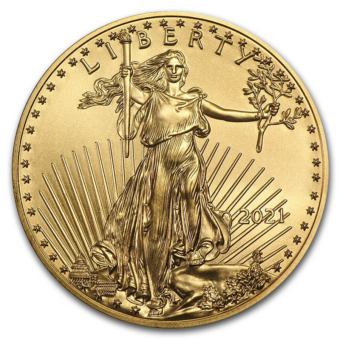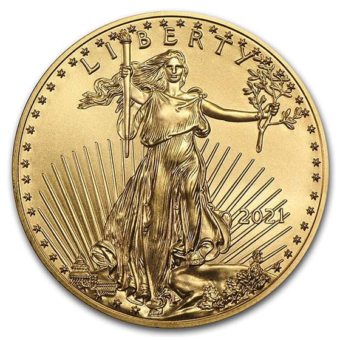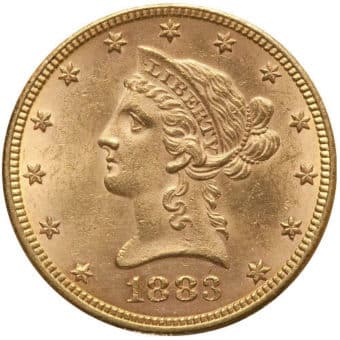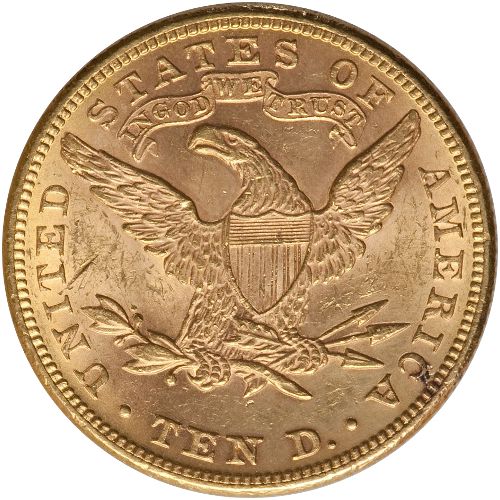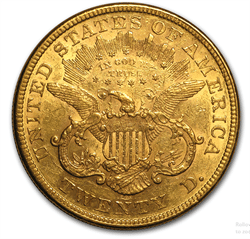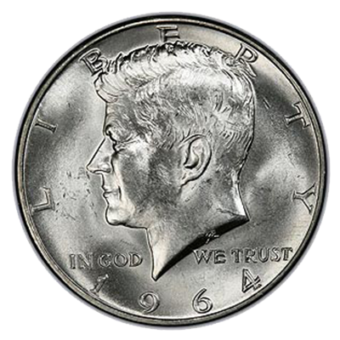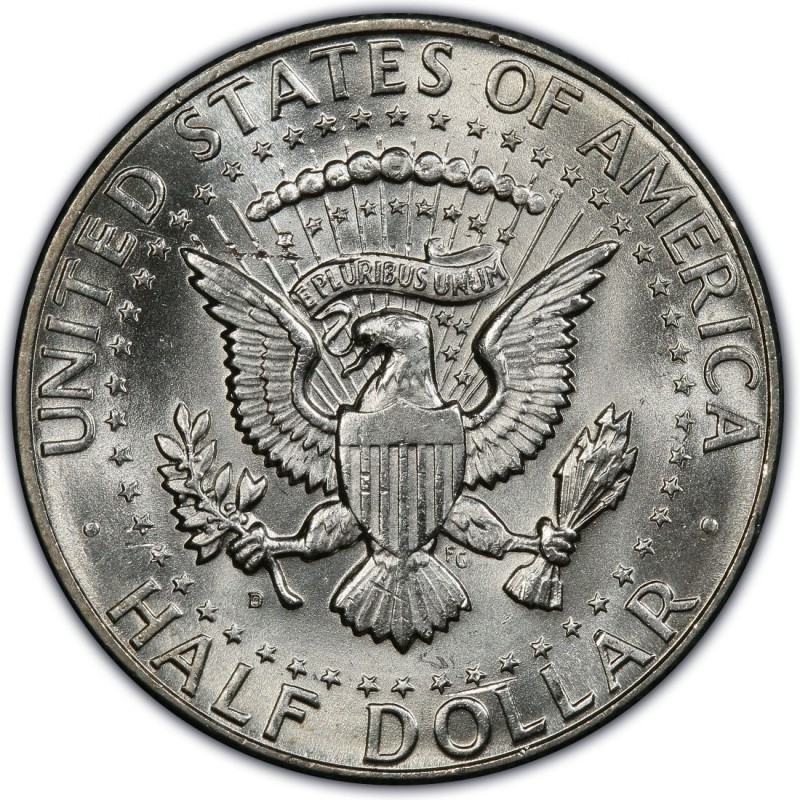Monday - 9.08.25: Gold surged to record highs Monday, with December futures up $29.40 at $3,682.60, while silver gained $0.678 to $42.23 for a new 14-year peak, as markets priced in expectations of three Fed rate cuts this year. The rally followed Friday’s weak jobs report, which showed payrolls rising just 22,000 in August versus forecasts of 75,000 and unemployment climbing to 4.3%, the highest since 2021. The soft labor data fueled bets on easier monetary policy, a bullish backdrop for precious metals with no clear signs of a market top.
Tuesday - 9.09.25: Gold held steady with December futures up $1.80 at $3,679.00, while silver slipped $0.517 to $41.385 as profit-taking set in after recent highs. Both metals remain supported by strong fundamentals and bullish technicals, with gold hitting fresh records earlier in the session and silver retreating after reaching a 14-year high Monday.
Wednesday - 9.10.25: Gold held steady near midday Wednesday, with December futures up $2.10 at $3,684.10, while silver gained $0.289 to $41.625, as tame U.S. producer price data and profit-taking offset Tuesday’s record highs. August PPI unexpectedly fell 0.1% versus expectations of a 0.3% rise, reinforcing a dovish Fed outlook, while annual PPI slowed to 2.6%. Geopolitical tensions supported safe-haven demand: Poland shot down Russian drones in its airspace, calling it an intentional provocation, and Israel’s strike on Qatar disrupted U.S.-backed ceasefire efforts, drawing sharp regional backlash and criticism from President Trump. Meanwhile, Treasury Secretary Scott Bessent urged the Fed to shift policy after revised data showed U.S. job growth was weaker than previously reported.
Thursday - 9.11.25: Gold prices ended weaker but off daily lows after a jump in U.S. weekly jobless claims and a modest rise in CPI, while silver settled solidly higher. December gold fell $6.80 to $3,675.10 and December silver slipped $0.385 to $41.98. Jobless claims rose by 27,000 to 263,000, well above expectations, bolstering the case for Fed rate cuts. Meanwhile, annual CPI climbed to 2.9% in August, its highest since January, with food and vehicle prices driving the increase; Core CPI held steady at 3.1%. The ECB, as expected, left rates unchanged.
Friday - 9.12.25: Gold and silver rose in early U.S. trading Friday, with silver hitting a 14-year high and December gold climbing $16.30 to $3,689.90 as safe-haven demand and bullish technicals fueled buying. Spot gold reached a record $3,674.27 this week, surpassing its inflation-adjusted 1980 peak, driven by concerns over the U.S. economy and weakening currencies. Global stocks were mixed, with U.S. indexes set to open slightly lower. Meanwhile, Treasury Secretary Bessent will meet Chinese Vice Premier He Lifeng in Madrid next week on trade and security issues, including TikTok and money laundering, as U.S.-China talks advance toward a potential Trump-Xi summit. The U.S. and India are also nearing a trade deal, though tensions remain over India’s Russian oil purchases. Domestically, mortgage rates dropped sharply to 6.35%, the biggest weekly decline in a year, spurring a refinancing surge and raising hopes for increased homebuying amid expectations of further Fed rate cuts.
Jamie Dimon Warns U.S. Economy Is 'Weakening' Amid Policy and Geopolitical Uncertainty
The Big Picture
JPMorgan Chase CEO Jamie Dimon cautioned that the U.S. economy is showing signs of weakening, though it’s unclear whether the slowdown will tip into recession. He highlighted uncertainty around the long-term impact of tariffs, immigration shifts, global tensions, and President Trump’s sweeping tax-and-spending policies.
What’s Happening
- Economic outlook: Dimon told CNBC the economy is “weakening,” with risks tied to business and consumer confidence, a softer labor market, and rising inflation.
- Policy headwinds: He warned the full impact of tariffs, immigration reforms, and Trump’s “One Big Beautiful Bill Act” will take time to materialize, noting “these things have long cycles.”
- Banking industry: Dimon said he expects more consolidation in banking but downplayed prospects of JPMorgan buying U.S. or foreign banks, despite the firm’s plans to launch a digital bank in Germany in 2026.
By the Numbers
- Dimon tenure: 19+ years as CEO
- JPMorgan succession timeline: Board expects transition within ~5 years
- Daniel Pinto: Acting CEO in 2020; retires end of 2026
- Digital expansion: U.K. presence established; Germany launch in 2026
Why It Matters
Dimon’s warning adds weight to growing concerns about U.S. economic fragility as tariffs lift costs and the labor market softens. His remarks underscore how global and domestic policy shifts are creating uncertainty that could constrain growth, even as markets await Fed rate cuts.
The Bottom Line
Jamie Dimon believes the U.S. economy is losing momentum and cautions that the ultimate impact of Trump-era policies and global risks has yet to play out. At the same time, JPMorgan is preparing for leadership transition while pursuing global digital banking expansion.
Trump’s Tariffs Slowly Feed Into Consumer Prices as Fed Faces Stagflation Risk
The Big Picture
Tariffs are beginning to push up prices on everyday goods—from clothing to cars to groceries—just as the U.S. labor market shows fresh signs of strain. The combination of rising consumer costs and weakening employment underscores a stagflation threat that complicates the Federal Reserve’s upcoming rate decision.
What’s Happening
- CPI impact: Apparel and electronics prices rose 0.5%, auto parts +0.6%, new vehicles +0.3%, energy +0.7%, and groceries +0.6% (largest since Aug. 2022). Tools and hardware jumped 0.8%, furniture and bedding climbed 0.3% MoM and 4.7% YoY, while coffee spiked 3.6% MoM and 20.9% YoY.
- Broad inflation: Goods ex-food and energy rose 0.3% MoM, up 1.5% YoY—the fastest since May 2023. Headline and core inflation remain near 3%, well above the Fed’s 2% target.
- Consumer behavior: Economists say households are cutting back on services, limiting firms’ pricing power but still feeling the “middle-class squeeze” as necessities like food, gas, clothing, and shelter all move higher.
- Economist view: Wilmington Trust’s Luke Tilley noted tariffs have been visible in the data for months, while Navy Federal’s Heather Long warned the price hikes are just beginning and will worsen as more costs filter through.
By the Numbers
- Apparel/video/audio: +0.5% MoM
- Motor vehicle parts: +0.6% MoM
- Groceries: +0.6% MoM (biggest since Aug. 2022)
- Furniture/bedding: +0.3% MoM; +4.7% YoY
- Coffee: +3.6% MoM; +20.9% YoY
- Core & headline inflation: ~3% (vs. Fed’s 2% target)
Why It Matters
While tariffs traditionally provide only temporary price bumps, their persistence alongside labor-market fragility points to a stagflationary setup. Consumers face mounting costs, yet weakening jobs data and near-zero employment growth this year suggest the Fed may be forced to prioritize rate cuts over inflation control.
The Bottom Line
Tariffs are filtering into consumer prices at the same time job growth stalls, leaving the Fed to balance sticky inflation against mounting economic weakness. Markets are betting on multiple rate cuts into 2026, with traders confident policymakers will look past tariff-driven inflation and focus on deteriorating labor conditions.
Gold Shoots Higher Above $3,640 as CPI Rises More Than Expected
The Big Picture
Gold edged into positive territory above $3,640 per ounce after U.S. inflation came in hotter than expected for August. The stronger CPI print complicates the Fed’s rate-cut outlook, but dovish expectations tied to a weakening labor market continue to underpin safe-haven demand.
What’s Happening
- CPI report: Headline CPI rose 0.4% month-over-month in August (vs. 0.3% expected), after July’s 0.2% increase. Annual headline inflation climbed to 2.9%, up from 2.7% in July.
- Core CPI: Up 0.3% month-over-month, in line with expectations; annual core inflation held at 3.1%.
- Market reaction: Spot gold last traded at $3,641.28, up 0.02% on the day.
- Analyst view: Chris Zaccarelli (Northlight Asset Management) said the September cut is now a given, but persistent inflation raises questions about how many more cuts the Fed can deliver.
- Fed angle: Elevated CPI pressures complicate sustained easing, but softer labor trends still push markets toward expecting cuts this month.
By the Numbers
- Spot gold: $3,641.28 (+0.02% daily)
- CPI (MoM): +0.4% (vs. +0.3% expected)
- CPI (YoY): +2.9% (vs. +2.7% prior)
- Core CPI (MoM): +0.3% (in line)
- Core CPI (YoY): +3.1% (steady)
Why It Matters
Sticky inflation keeps pressure on the Fed, limiting its flexibility even as markets bet on imminent rate cuts to counter a slowing jobs backdrop. For gold, higher inflation boosts safe-haven demand but also raises the risk of tighter-for-longer policy, creating a tug-of-war in price momentum.
The Bottom Line
Gold is holding firm above $3,640 as traders balance hotter CPI data against Fed easing expectations. If labor weakness dominates the narrative, the metal could see fresh momentum toward record highs despite inflation headwinds.
Wholesale Prices Unexpectedly Decline 0.1% in August as Fed Decision Nears
The Big Picture
U.S. wholesale prices slipped in August, easing inflation concerns and giving the Federal Reserve more room to cut rates at next week’s policy meeting. Markets reacted positively, with futures higher and Treasury yields dipping as traders priced in near-certainty of a rate cut.
What’s Happening
- PPI report: Headline producer prices fell 0.1% in August (vs. +0.3% expected) after a downwardly revised +0.7% in July. On a yearly basis, PPI rose 2.6%.
- Core PPI: Ex-food and energy, PPI also declined 0.1% (vs. +0.3% expected). Ex-food, energy, and trade, PPI rose 0.3% and was up 2.8% year-over-year.
- Market reaction: Stock futures climbed, Treasury yields edged lower, and CME FedWatch odds showed a 100% probability of a rate cut next week, with a 10% chance of a half-point cut.
- Details: Services prices fell 0.2%, led by a 3.9% drop in machinery/vehicle wholesaling margins. Goods prices ticked up 0.1%, with food +0.1% and energy -0.4%. Tobacco surged 2.3% amid tariffs.
- Fed backdrop: Officials are balancing easing inflation with concerns over labor-market weakness, highlighted by a major downward revision in jobs data showing nearly 1M fewer payrolls than previously reported.
By the Numbers
- PPI (MoM): -0.1% (vs. +0.3% expected)
- PPI (YoY): +2.6%
- Core PPI (MoM): -0.1% (vs. +0.3% expected)
- Ex-food, energy, trade (MoM): +0.3%
- Services prices: -0.2%
- Machinery/vehicle wholesale margins: -3.9%
- Tobacco prices: +2.3%
Why It Matters
The weaker PPI underscores fading inflationary pressures, bolstering the case for the Fed to pivot toward rate cuts despite tariff-driven price distortions. With labor-market cracks emerging and inflation cooling, policymakers face growing pressure to act to support growth.
The Bottom Line
Wholesale prices unexpectedly declined in August, fueling expectations for the Fed’s first rate cut since 2024 at next week’s meeting. With inflation softening but jobs weakening, the stage is set for a pivotal policy shift.
NEXT WEEK’S KEY EVENTS
Economic Calendar: September 15 – September 19, 2025 (ET)
Monday, Sept. 15
- 8:30 AM – Empire State Manufacturing Survey (Sep)
Regional manufacturing gauge; early signal on factory health.
Tuesday, Sept. 16
- 8:30 AM – U.S. Retail Sales (Aug)
Key consumer spending indicator; major market mover. - 9:15 AM – Industrial Production & Capacity Utilization (Aug)
Snapshot of factory output and efficiency.
Wednesday, Sept. 17
- 8:30 AM – Housing Starts and Permits (Aug)
Housing market momentum and construction outlook. - 2:00 PM – FOMC Interest-Rate Decision
Fed’s policy call; top-tier market event.
Thursday, Sept. 18
- 8:30 AM – Initial Jobless Claims (week ending Sept. 13)
Weekly labor-market pulse. - 8:30 AM – Philadelphia Fed Manufacturing Survey (Sep)
Regional business activity and sentiment. - 10:00 AM – U.S. Leading Economic Indicators (Aug)
Composite of forward-looking indicators; signal on growth trends.
Friday, Sept. 19
- None scheduled
IMPACT ON PRECIOUS METALS MARKETS
Empire State Manufacturing (Mon)
- Strong reading → firmer growth outlook, bearish for metals.
- Weak reading → growth concerns, bullish for safe havens.
Retail Sales (Tue)
- Upside surprise → consumer strength, risk-on tone, bearish for gold/silver.
- Weak sales → demand jitters, bullish for safe havens.
Industrial Production & Capacity Utilization (Tue)
- Higher output/utilization → stronger economy, bearish for metals.
- Weak figures → growth drag, bullish for metals.
Housing Starts & Permits (Wed)
- Strong housing data → resilience in construction sector, bearish for metals.
- Soft housing data → economic weakness, bullish for metals.
FOMC Rate Decision (Wed)
- Hawkish tilt / rate hike → stronger USD and real yields, bearish for gold/silver.
- Dovish stance / rate cut → weaker USD, supportive for metals.
Initial Jobless Claims (Thu)
- Rising claims → labor softening, bullish for metals.
- Falling claims → labor resilience, bearish for metals.
Philadelphia Fed Manufacturing (Thu)
- Strong regional activity → risk-on vibe, bearish for metals.
- Weak reading → growth concerns, bullish for safe havens.
Leading Economic Indicators (Thu)
- Strong LEI growth signal → optimism, bearish for metals.
- Weak or contracting LEI → recession risk, bullish for metals.
